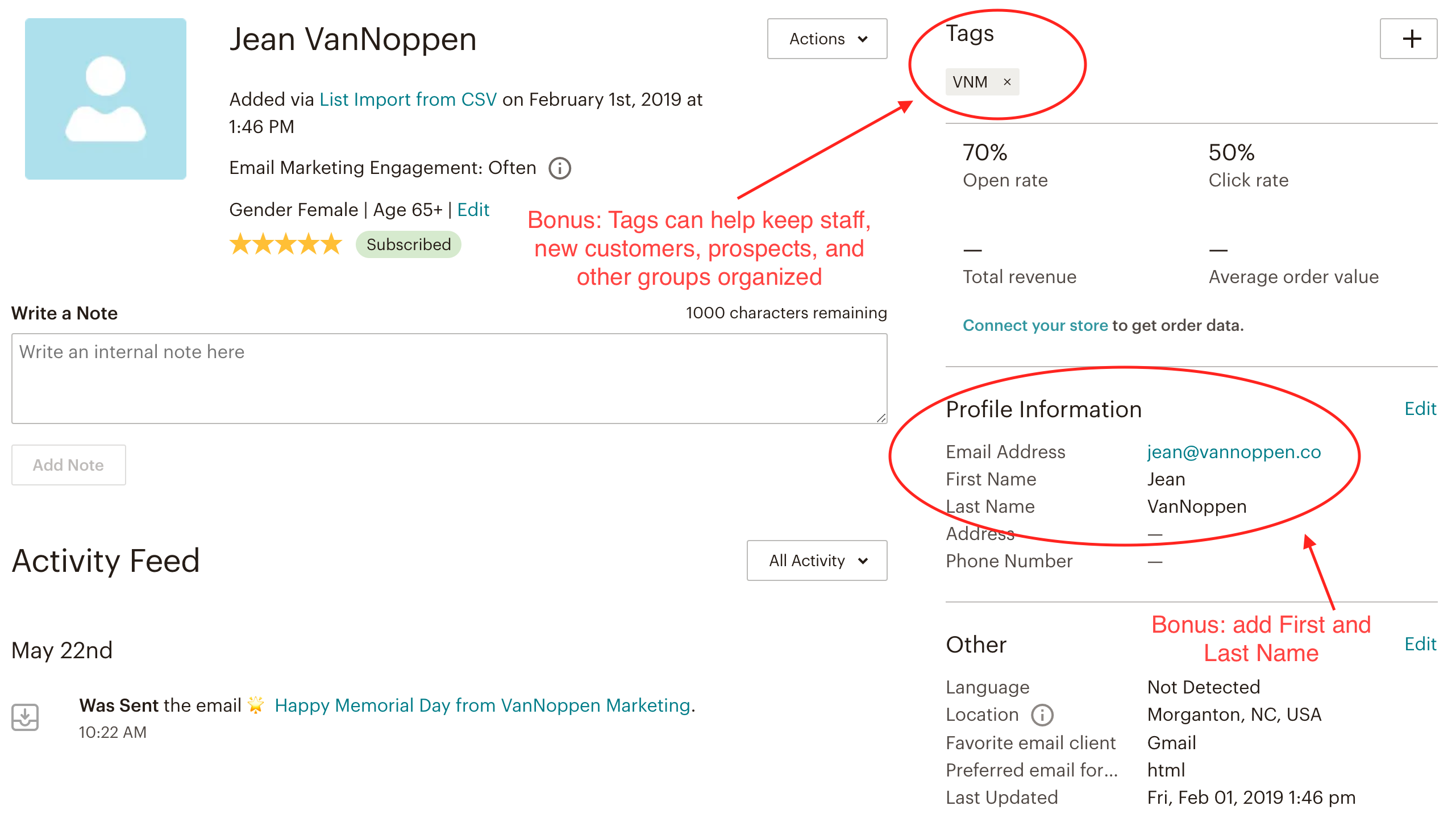
You found a rhythm for running your business. You may have had a marketing strategy in place and were finding new ways to connect with customers and prospects. Then, 2020 happened. COVID-19 changed our definition of business as usual, and while we still haven’t collectively found a stable new normal, business must go on. Luckily, we’re solidly in the Digital Age and your business doesn’t have to live or die on the ability to have a physical space. That being said, how have you changed your marketing strategy to attract customers and stay top of mind? If the answer doesn’t quickly include social media and email marketing, we need to talk.
Since this year we’ve all had a bit more time to consume content (blogs, videos, social media posts, emails) and since we’re in an election cycle and various groups have taken their message digital, we’ve seen an increased use of digital platforms. With all of the information being shared online for politics, health, and social justice, there may just not be enough bandwidth for your company to contribute anything of value or stand out right now. And, that’s okay because you have other options. This isn’t to say you should ignore the power of social media or even take a break from using it, but we do want to help you understand that building, cultivating, and marketing to an email list is a powerful tool.
There’s a common series of questions business owners and marketing managers want to know when getting started with or working to improve email marketing efforts.
Start by asking your current contacts to sign up for your email newsletter (or whatever you want to call it!). It’s a great way to stay connected to your current clients, encourage them to share informative messages with their networks, and practice honing in tone, consistency, and frequency.
Use your social media networks to encourage sign-ups for your email list. A common tactic is to run some sort of promotional contest that requires an email sign up for entry, offer a downloadable resource or access to a private resource page of value by sharing an email address, or simply sharing the value of your e-communications and asking people to sign up.
Make sure you include your sign up link on your website, in your email signature line, and on any external communications you may share with the press.
Our favorite tool for managing email lists and campaigns is MailChimp. MailChimp is free if you have less than 2,000 emails and it comes with a slew of pre-built, beautiful-designed email templates. This makes it easy to drag and drop your content into place.

Quick Tip: Collect first and last names on your sign up so you can use MailChimp’s merge tags and customize every email with the recipient’s first name. Stats show this will increase your open and click rates!
Eblasts are great for product announcements, sales, general company news, or even just welcoming a new customer into the fold. The key is arranging your email content in a way that makes people want to open the next email they get from you (or even look forward to it).
Firstly, keep it short and sweet. If you have a lot to say, consider putting a teaser in your email with a link to continue reading that takes people to a page on your website with the full story. Users are less likely to engage with an email that is bogged down with long lines of text.
Secondly, include some compelling visuals. Whether this is a quality photo or a fun graphic (gifs anyone?), visuals are key to grabbing a reader’s attention.
Thirdly, calls-to-action. Every email should include links or buttons with compelling text (calls-to-action) that encourages your reader to continue engaging with your business. Think about the point of your email. Was it to increase sales? Then add a button that says “Shop Now” and links to a page on your website with products.
No matter how good your email content is, be careful about how often you send them to customers. Every email you send is a request that your customer devote some of their digital time to you, and you don’t want to be demanding. Monthly or bi-monthly is a good rule of thumb, and at most never more than once a week.
Bonus - as with anything else you do related to marketing activities, you must be able to measure and report successes or highlight opportunities for improvement. How do you know if your emails are performing well?
MailChimp has a great reporting feature that makes it easy to look at key stats and help you refine your strategy. From the moment your eblast goes out, you can watch the analytics report and see who opens the email, who unsubscribes, how it is performing compared to your previous emails or to your industry, and more.
The two most important metrics in a MailChimp report are open rate and click rate. An open rate is, you guessed it, the percentage of users who are opening your emails. Low open rates may indicate your subject lines could use improvement. If you’re wondering what a “good” open rate or a “good” click-through rate might be, you’re not alone. Average rates are broken out by industry, region, and business size and will also vary based on the health of your email list and the market segment you’re contacting. However, you can set baseline expectations by using a guide like the one from HubSpot.
Click rates tell you how often readers are clicking on links in your emails. There’s no hard rule of thumb for fixing a low click rate, it could mean your content isn’t as compelling as you hoped or your calls-to-action aren’t prominent enough. A good place to start is to move your best call-to-action higher up in the eblast so it gets seen earlier. If your click rate goes up, that may mean your emails are simply too long and you’re losing readers early on.